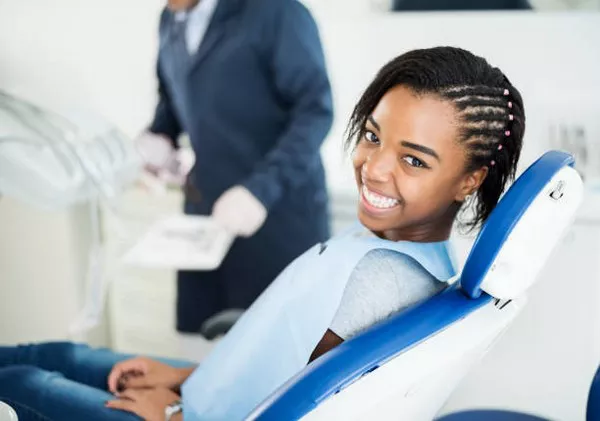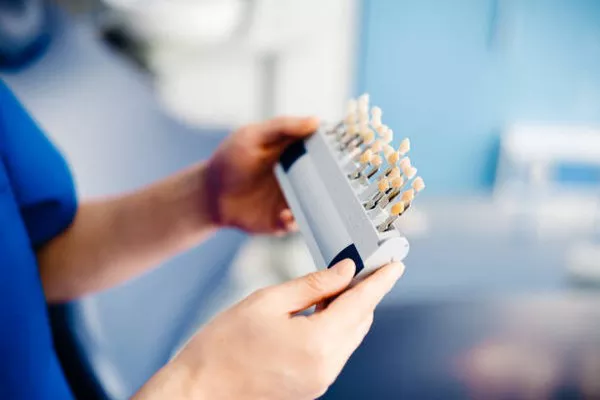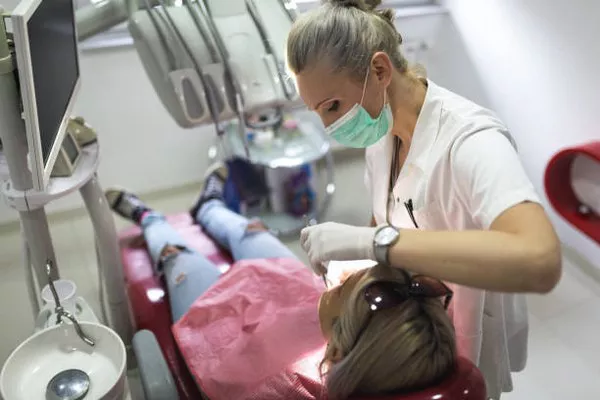the Importance of Oral Hygiene After Whitening Strips
Whitening strips are a popular way to brighten your smile and remove surface stains from teeth. However, it is important to maintain proper oral hygiene after using whitening strips to ensure that your teeth remain healthy and strong. In this article, we will cover the importance of oral hygiene after whitening strips and provide tips on how to maintain good dental health.
Understanding How Whitening Strips Work
Before diving into the topic of oral hygiene after whitening strips, it is important to understand how these products work. Whitening strips typically contain a bleaching agent that helps break down surface stains on teeth. These strips are placed directly onto the teeth for a designated amount of time and then removed. Over time, this process can help whiten teeth and improve their overall appearance.
While whitening strips can be effective at removing surface stains, they should not be relied upon as a substitute for good oral hygiene habits. Even with regular use of whitening strips, it is important to continue practicing good oral hygiene to maintain optimal dental health.
The Importance of Brushing and Flossing
One of the most important aspects of maintaining good oral hygiene after using whitening strips is brushing and flossing regularly. Brushing twice a day for at least two minutes each time can help remove plaque and bacteria from the surfaces of teeth. Flossing at least once a day can help remove debris and bacteria from between teeth and along the gumline.
It is important to use a soft-bristled toothbrush and fluoride toothpaste when brushing to avoid damaging enamel. When flossing, take care to gently glide the floss between teeth and along the gumline without causing any irritation or damage.
Using Mouthwash
In addition to brushing and flossing, using mouthwash can also help promote good oral hygiene after using whitening strips. Mouthwash can help kill bacteria and freshen breath, while also reaching areas that may be difficult to clean with a toothbrush or floss.
When choosing a mouthwash, look for products that are alcohol-free and contain fluoride. These types of mouthwashes are less likely to cause irritation or dry out the mouth, and can help strengthen enamel and prevent cavities.
Avoiding Staining Foods and Beverages
While whitening strips can help remove surface stains from teeth, it is important to avoid consuming foods and beverages that can cause new stains to form. Red wine, coffee, tea, and dark-colored fruits like blueberries and cherries can all contribute to staining on teeth.
If you do consume staining foods or beverages, try to brush your teeth or rinse your mouth with water soon afterwards. This can help minimize the amount of time that these substances remain on your teeth and reduce the likelihood of new stains forming.
Visiting Your Dentist Regularly
Finally, it is important to visit your dentist regularly to maintain good oral hygiene after using whitening strips. Your dentist can perform a professional cleaning to remove any plaque or tartar buildup, and can also check for signs of gum disease, cavities, or other dental issues.
Regular dental checkups can help catch potential problems early, preventing them from becoming more serious and costly to treat down the line. Your dentist can also provide personalized recommendations for maintaining good oral hygiene based on your individual needs and preferences.
Conclusion
In conclusion, maintaining good oral hygiene after using whitening strips is crucial for maintaining optimal dental health. Brushing and flossing regularly, using mouthwash, avoiding staining foods and beverages, and visiting your dentist regularly are all important steps in promoting good oral hygiene. By following these tips, you can ensure that your teeth remain healthy and strong, even after using whitening strips to brighten your smile.
Related Topics:





























